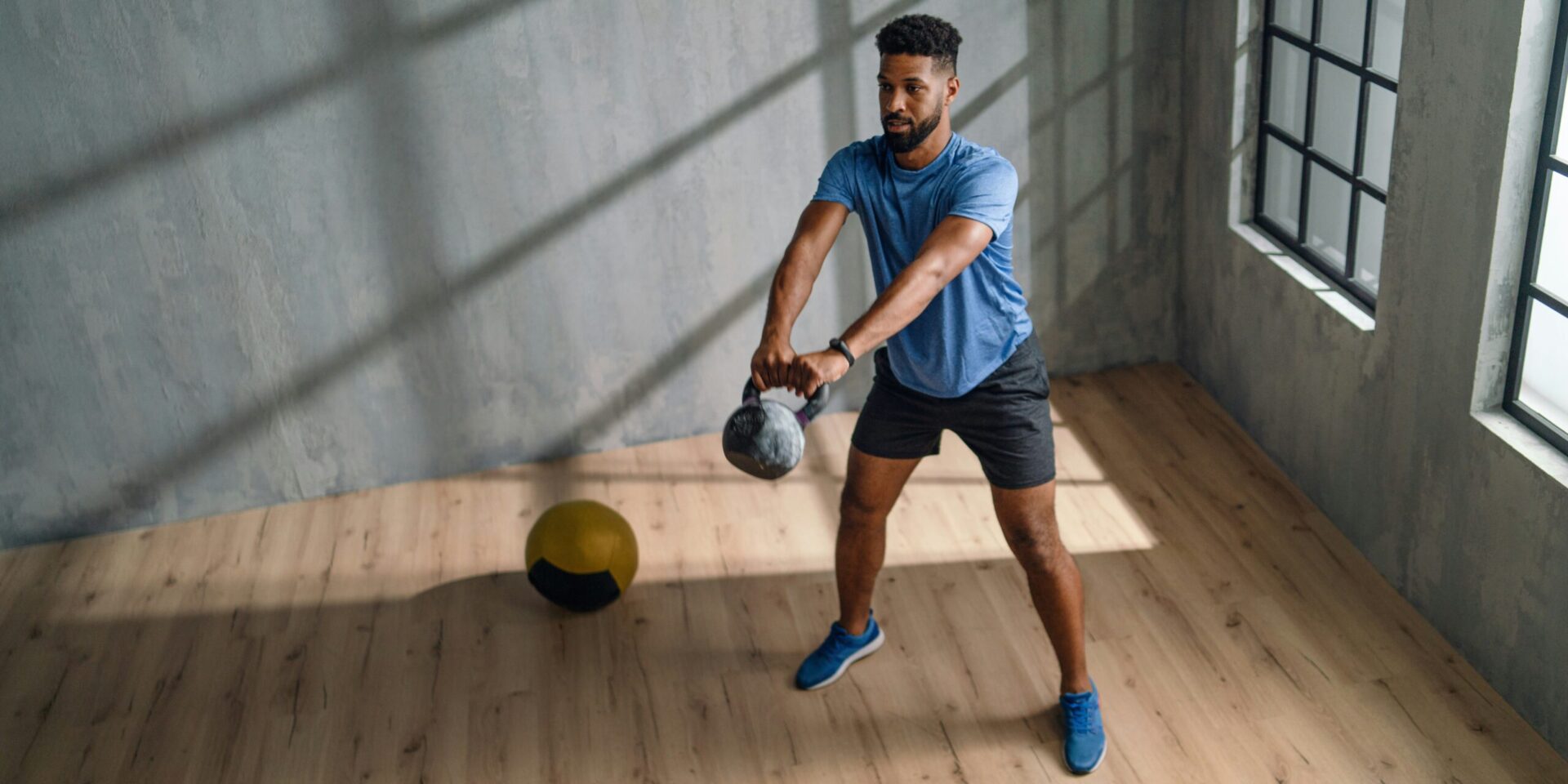As strength training and cardiovascular exercise continue to be cornerstones of men’s fitness routines, a growing trend is emerging in 2025: functional fitness. This approach to exercise focuses on movements that replicate everyday activities rather than isolating muscle groups. Functional fitness aims to improve mobility, balance, and coordination, in addition to traditional strength, reflecting a shift toward overall fitness that enhances day-to-day performance and longevity, rather than just aesthetics.
In gyms across the U.S., men between the ages of 30 and 45 are increasingly integrating functional exercises into their routines. Trainers and gym-goers alike report a rise in the use of kettlebells, medicine balls, dynamic bodyweight exercises, and movements that involve multiple directions. These exercises focus on improving how the body moves as a whole, mimicking real-life tasks like lifting, twisting, and bending. As men seek fitness solutions that enhance their quality of life rather than just their appearance, functional fitness has emerged as a valuable tool.
The American College of Sports Medicine (ACSM) has highlighted this shift, noting that wearable tech, mobile exercise apps, and data-driven training tools are among the top fitness trends of 2025. These technologies help users track movement patterns, monitor recovery, and optimize training regimens, making functional fitness more accessible and engaging. The integration of wearable devices has also enabled athletes to better understand their own bodies, leading to smarter, more effective workouts.
The appeal of functional fitness lies in its focus on building strength that translates into everyday life. Combining compound strength exercises like squats and deadlifts with multi-directional and dynamic movements helps to reduce the risk of injury while improving overall functional capacity. These workouts don’t just target individual muscle groups; they train the body to move efficiently in ways that are directly applicable to daily activities, such as carrying groceries, lifting heavy objects, or even playing sports.
Incorporating functional fitness can also have a significant impact on long-term wellness. Trainers note that exercises which engage multiple muscle groups and movement patterns can help maintain balance and coordination, both of which tend to decline with age. In addition, these routines often emphasize joint mobility and flexibility, two areas critical for preventing injury and ensuring long-lasting fitness.
For men aiming to build a sustainable fitness regimen, combining traditional strength training with functional exercises may be the key to staying motivated and avoiding burnout. The variety offered by functional movements helps break up the monotony of the classic gym routine. Instead of focusing solely on isolated exercises like bench presses or bicep curls, functional training offers a more holistic approach that keeps workouts fresh and engaging, contributing to sustained motivation.
In conclusion, as more men embrace functional fitness, it’s clear that the emphasis is shifting from purely aesthetic goals to building a body that is strong, flexible, and capable of handling the demands of everyday life. The benefits of incorporating functional movements extend beyond physical appearance, enhancing overall mobility, balance, and long-term health. As 2025 unfolds, it’s likely that this shift will continue, as men seek to build strength that is practical, sustainable, and ultimately more rewarding.

